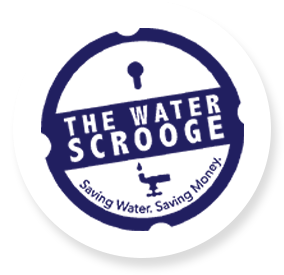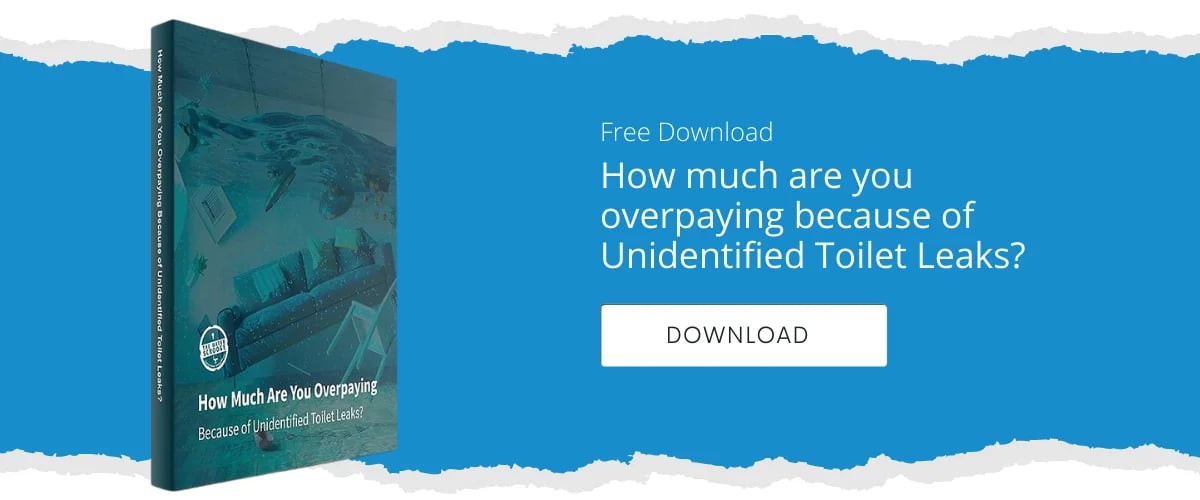3 min read
4 Surprising Toilet Water Usage Facts (and Why Landlords Should Care)
![]() David Schwartz
Aug 2, 2016 11:27:11 AM
David Schwartz
Aug 2, 2016 11:27:11 AM

I think we can all agree, the bathroom is a private place. For many working parents, sitting on the throne is actually a cherished act of solitude. A prime time for relaxing in privacy with a new magazine or in the privacy of
one's own thoughts. A sequestered fortress that sends the message to the rest of the household: I am busy – leave me in peace!
But, as a landlord, you do have a right to know if extraordinary amounts of water are being consumed by the toilets in your building. For better or worse, NYC landlords are responsible for footing multi-residential water bills. Unfortunately, the same perk that tenants enjoy creates little incentive for water conservation. While installing tamper-proof, low-flow devices on shower heads is a great start, you're missing serious savings if you're not also tackling toilets as part of a multitiered water reduction plan.
Here are 4 toilet water usage facts you should be aware of when it comes to managing your buildings:
People Flush All Kinds of Crazy Stuff
As we've said, what people do in their bathrooms is their private business. However, careless and unnecessary habits could be costing you more money. For whatever reason, some people really like flushing stuff down the toilet! With women, it tends to be debris associated with grooming: Hairballs from cleaned-out brushes, cotton balls, facial wipes etc. With men, it's more likely to be a wadded up post-it note or a piece of trash. While discarding trash down the commode once in a while isn't likely to drive up bills, it most definitely will if done on a daily or weekly basis. Multiply a woman's morning and evening routine by 365 to get an idea of how many extra flushes we're talking.
Solution: Provide tenants with complimentary bathroom wastebaskets. Make sure their neutral, modern and decently attractive in appearances. And include a note with a polite request to refrain from flushing debris down the toilet. Bonus points for citing verifiable water resource statistics.
Toilets Use More Water Over Time
Did you know your toilet likely isn't using the same amount of water per flush as it was when you first bought it? That's because toilets are originally calibrated in dry environments. Once water enters the picture it's an entirely different ballgame! With each year, the average toilet will begin incrementally increasing its water usage. That's due to pressure inside the tank and corrosion of factory parts. Unfortunately, the cheap rubber in the tank will begin to corrode with time. Faulty flapper valves, improperly adjusted ballcocks and mineral deposits can toilets to use more water than necessary.
Solution: Replace factory tank components with higher-quality models. We're talking a few dollars difference here that will pay for itself over time.
Running Toilets Are Never Reported
Well, at least, that's the way it seems. According to the Environmental Protection Agency, toilets account for 26 percent of the water used in the average home. It's well-known by plumbers that a medium-sized, silent leak can waste up to 250 gallons of toilet water a day. That translates to roughly 108,000 gallons a year. If you consider that 1 in 5 toilets has a leak at any given time, according to the American Water Works Association, that adds up to about $24,000 a year for a 100-unit building!
Unfortunately, running toilets and other common leaks often go unreported. In some cases tenants aren't inconvenienced by them (or thoughtful) enough to say anything, In others, they don't even know about them! One of my friend's who rents a unit in Texas recently got surprised with a $700 monthly water bill. The cause? Silent toilet leak. The funny part is, he lives alone and is never home! Now him and the landlord are battling it out to see who's going to pay.
Solution: Install a wireless toilet monitoring system to determine which unit toilets are leaking or commit to an periodic site-wide inspections and be pro-active about replacing factory parts.
Energy Efficient Toilets Do Work
If you've taken advantage of NYC's recent toilet rebate program, you're well aware of the many benefits of energy efficient toilets. Phase I of the Toilet Replacement Program began July 2014 and allows customers working to meet the conservation requirements established by the Multifamily Conservation Program (MCP) to obtain vouchers to replace old toilets with high-efficiency models.
According to Home Depot, replacing a standard 1.6 gallon-per-flush toilet with a new WaterSense® labeled high efficiency model can reduce water use by 20 percent or more. Replacing a pre-1994 model (3.5 gallon-per-flush toilet) can reduce it by 60 percent or more. That's more than 4,000 gallons per person per year, which translates to 100 loads of laundry. Although the savings aren't monumental when compared to calibrating toilets and installing low-flow fixtures, they're worth investigating.
Solution: Install a wireless toilet monitoring system to determine which unit toilets are being flushed the most and the least. Upgrade the more frequently used ones to energy efficient models.
As you can see, there are plenty of ways to encourage and support efficient toilet water usage in your multi-family building. CLICK HERE to learn more.


